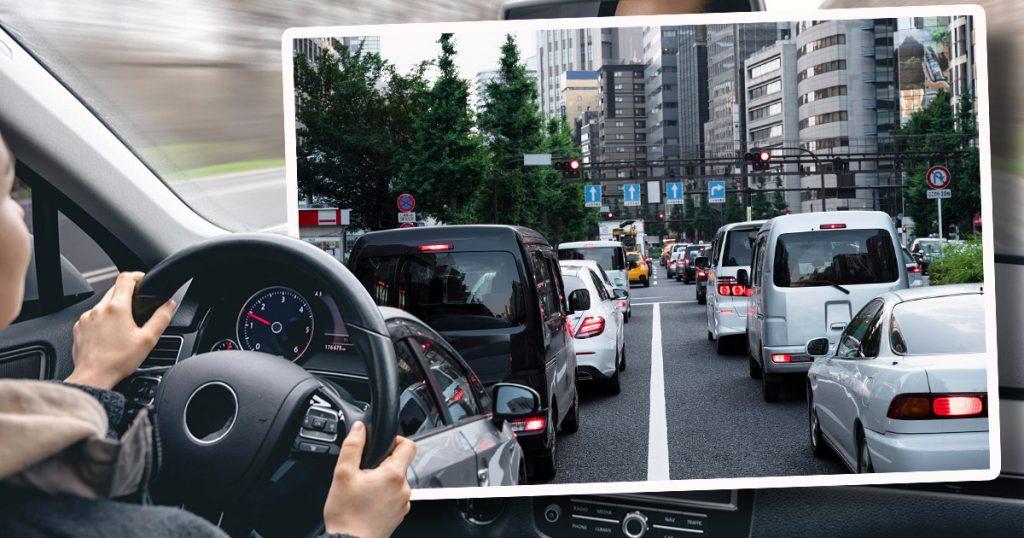Learning to drive isn’t just about handling a vehicle; it’s about mastering defensive driving. This important skill goes beyond basic driving lessons. It’s crucial because if everyone drove defensively, our roads would be much safer with fewer accidents and fatalities. According to the National Highway Traffic Safety Administration, distracted driving is a major cause of accidents, highlighting the need for defensive driving skills. So, what is defensive driving, and what rules should you follow?
Understanding Defensive Driving
Defensive driving is all about being alert and ready when you’re on the road. It means watching out for other drivers, keeping an eye on road conditions, and being prepared to make safe choices quickly if something unexpected happens. This approach helps you spot and avoid potential dangers before they cause problems.
Knowing how to drive defensively is crucial. Without these skills, drivers might not notice or react to dangers in time, which can lead to accidents, injuries, or worse. It can also mean dealing with costly repairs, higher insurance rates, and legal troubles if something goes wrong.
Not practicing defensive driving is like crossing a busy street with your eyes closed—it’s risky and can endanger your life and the lives of others. That’s why it’s important for everyone, especially those who spend a lot of time driving or operate larger vehicles, to learn these techniques.
Simple and Practical Defensive Driving Rules
Driving safely is everyone’s job, especially for those behind the wheel of larger vehicles. Here’s a straightforward list of defensive driving rules with practical tips to help you stay safe on the road:
1. Stay Focused on the Road
Always keep your attention on driving. Picture driving through a busy street; watch for pedestrians who might step out unexpectedly or cars that might stop suddenly. Being alert helps you react quickly to avoid accidents.
2. Keep a Safe Distance
Always leave enough space between you and the car in front. On highways, this means you have room to stop safely if traffic slows suddenly. In rain or snow, give yourself even more space since stopping takes longer.
3. Watch Your Speed
Stick to speed limits and slow down if needed. On a foggy day, reduce speed to maintain control and see better. Adjusting your speed helps prevent accidents when visibility or road conditions are poor.
4. Use Your Mirrors and Check Blind Spots
Regularly check your mirrors and glance over your shoulder before changing lanes. If you’re on a multi-lane highway, this ensures no cars are hiding in your blind spot.
5. Be Cautious at Intersections
Approach intersections carefully. Even with a green light, look both ways to make sure no cars are running a red light. This habit can prevent serious accidents.
6. Minimize Distractions
Focus only on driving. If your phone rings, use hands-free options or pull over safely to answer. Avoid texting or eating while driving to keep attention on the road.
7. Expect the Unexpected
Be ready for sudden moves by others. For example, if a cyclist swerves to miss something, be prepared to slow down or change lanes safely to avoid hitting them.
8. Use Turn Signals
Signal early when turning or changing lanes. At a busy intersection, use your turn signal to let others know your plans well in advance, reducing the risk of accidents.
9. Adapt to Weather Conditions
Change your driving style with the weather. In heavy rain, turn on headlights and slow down to avoid hydroplaning. Being cautious in bad weather can prevent mishaps.
10. Stay Calm and Courteous
Keep calm, even in stressful situations. If another driver cuts you off, don’t retaliate. Staying calm helps you make smart choices and avoid aggressive driving.
11. Plan Your Route
Plan your journey ahead. If you’re driving in an unfamiliar area, use GPS to avoid last-minute turns. This helps you make smooth and safe transitions in traffic.
12. Keep Your Vehicle in Good Shape
Make sure your car is always ready for the road by checking its brakes, tires, lights, and signals regularly. For example, ensuring your brakes are in top condition can help you stop quickly if needed, reducing the chance of an accident.
13. Know the Traffic Laws
Stay informed about the latest traffic rules and changes. Understanding these laws helps you drive safely and avoid problems. For instance, if speed limits change in your area, knowing this can prevent speeding fines and keep you compliant with local regulations.
Staying Safe on the Road: Defensive Driving Tips
Learning and practicing defensive driving is key to keeping everyone safe on the road. It means being alert, careful, and ready to act swiftly to avoid accidents. One basic rule is to keep your eyes on the road. This means focusing on driving without distractions like phones or snacks. By staying attentive, you can quickly spot potential dangers, like sudden stops or people crossing the road, and react safely.
Another important habit is to regularly check your surroundings. It’s good practice to look around every 5 to 8 seconds, checking mirrors and blind spots. This helps you stay aware of what’s happening around you, like other cars changing lanes or unexpected obstacles. Being aware allows you to make smart decisions quickly.
You can make driving safer for everyone by maintaining your focus and scanning frequently. These simple practices are the foundation of defensive driving, making roads safer for you and all other travelers.
